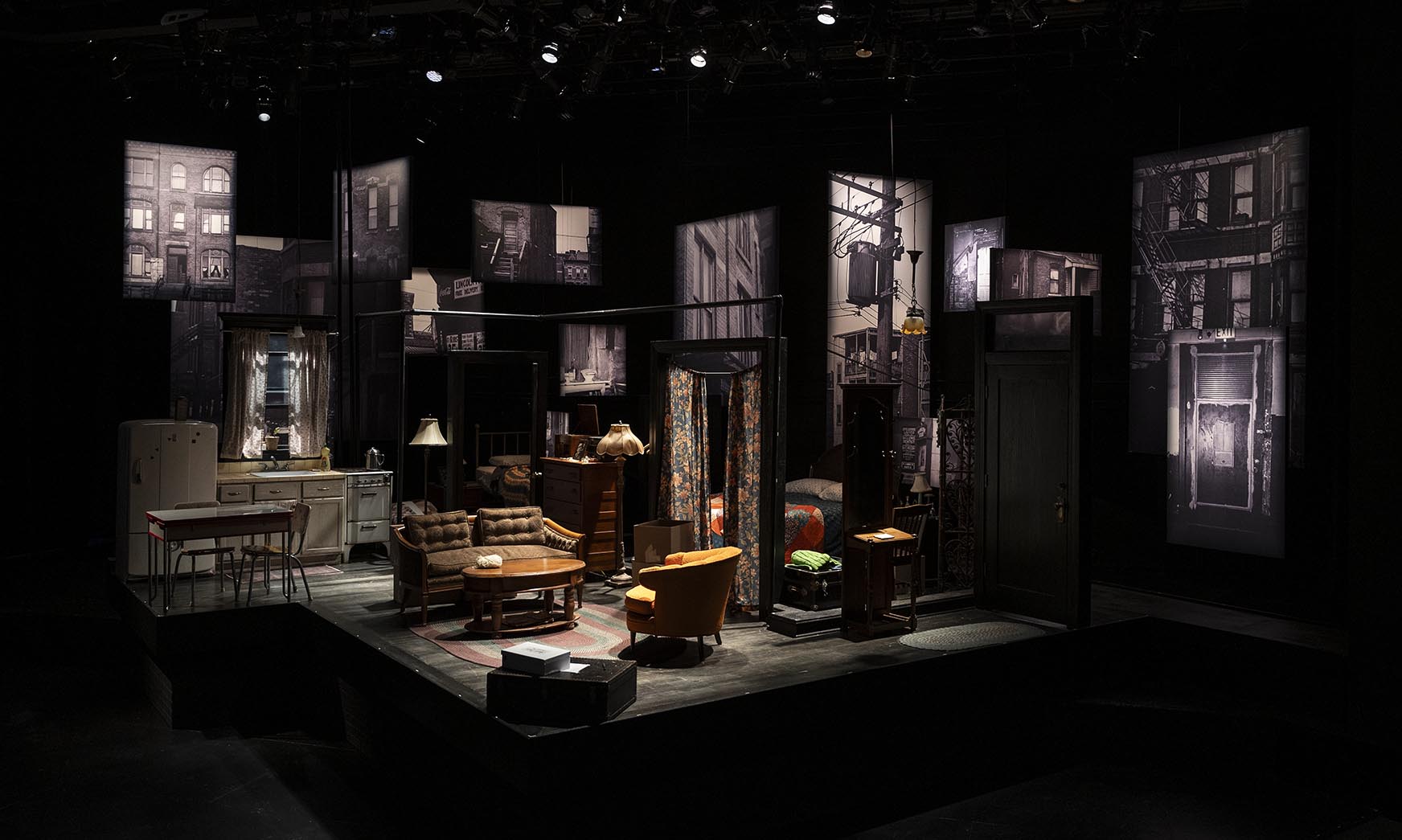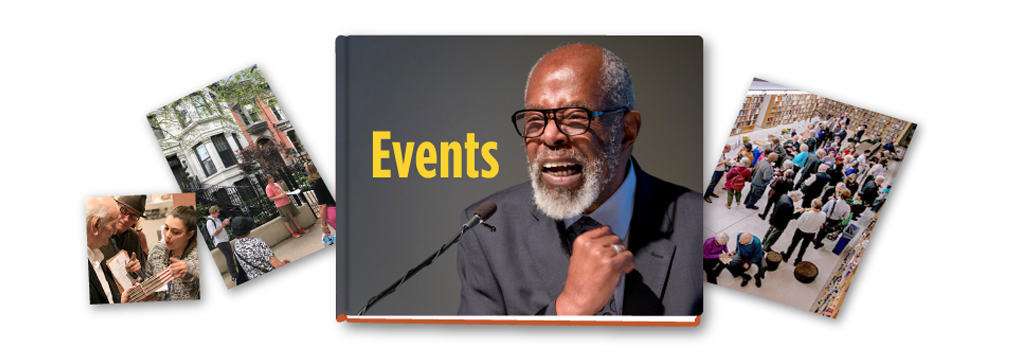A Raisin in the Sun Revival at Court Theatre Gets Standing Ovation
Friday, February 21, 2025
Theatre Review by Jasminum McMullen

All Photos Credit: Michael Brosilow
It was a brisk Saturday evening in Chiberia when I arrived at Court Theatre to see Lorraine Hansberry’s A Raisin in the Sun, a play my English teachers brought into my life over the years that still sticks with me because of how the playwright challenged preconceived notions of what Black narratives could be and confronted the intersections of race, class, and gender. Inspired by Langston Hughes's poem “Harlem,” A Raisin in the Sun was the first play on Broadway written by a Black woman that represented realities that Black families had to navigate. Its production reshaped American theatre and paved the way for more stories told by Black playwrights.
I walked through the entrance with the icy breath of February clinging to me. I did not check my coat. Instead, I opted to fold it in front of my knees. When the house lights went down on the full auditorium, I felt the electrifying excitement of the opening applause from the audience. The actors took their places in silence at the start, and their performances evoked emotions of joy, devastation, and hope. At the end of the performance, the audience stood for several minutes to salute the powerful cast’s nuanced portrayals of the Younger family’s struggles and triumphs. Under the skilled direction of Senior Artistic Producer Gabrielle Randle-Bent, Lorraine Hansberry’s masterpiece proved as relevant today as it was when it debuted in 1959.
Set on Chicago’s South Side in the early 1950s, the play follows the Younger family as they confront financial hardships and conflicting dreams. External pressures force the family to navigate difficult choices when a transformative opportunity enters their reality. In the process, they discover the truth in Lena Younger’s (Mama) words: “There is always something left to love. " That love propels them into their future, and that something is in each of them.
One of the production’s most striking features is its dynamic use of the hallway. At pivotal moments, offstage characters moving through the corridor outside the Younger apartment create the effect of an entire living, breathing building. The ensemble—working together as a true family—brings each character vividly to life:
- Shanésia Davis embodies the authoritative and regal matriarch, Lena Younger, with grace and strength.
- Brian Keys delivers Walter Lee with a blend of joviality and intense ambition.
- Jeremias Darville (alternating with Di’Aire Wilson) infuses Travis Younger with delightful mischief and warmth.
- Martasia Jones radiates exuberance as the ever-evolving Beneatha.
- Kierra Bunch portrays Ruth with tender vulnerability that resonates deeply.
- J. Nicole Brooks captivates as Mrs. Johnson, offering moments of pure comedic gold—whether in witty banter or subtle, unspoken gestures like pouring milk on a slice of sweet potato pie or eavesdropping from the hallway.
Randle-Bent stays true to the period by setting the play in 1950s Chicago, a choice that satisfies longtime fans while welcoming newcomers. Every seat in Court Theatre’s beautifully designed space offers an excellent view. Rather than a traditional block-style stage, the production employs a network of sturdy catwalk-like pieces jigsawed together, allowing for inventive set designs and fluid movement. Overhead projections of light poles and urban facades further evoke the neighborhood’s character.
Clever stage direction, such as offstage acting on the main floor and characters stepping out from the audience, optimized the atmosphere. Simulated smoking and water-based haze heighten the tension, emphasizing critical moments throughout the performance.

Pictured: Kierra Bunch, Shanésia Davis, Brian Keys, and Martasia Jones.
The intimate setting of the Younger household is meticulously realized. The cramped living room and adjoining kitchen, accented by a single window above the sink, reflect the progression from sunrise to sunset, effectively marking the passage of time. Additional spaces—a modest bedroom and shared bathroom at the end of the hall reflect the realities of tenement life during this era.
The costumes authentically capture the period, from cuffed jeans and neutral nightgowns to black suits and blue-collar uniforms. At the same time, the vibrant blue and yellow Nigerian fabric that Asagai wraps Beneatha in is bold and vibrant.
Tension mounts as the family faces a potential shift in dynamics—most notably when Walter Lee cannot locate the man his father was for his mother, Lena, and storms out of the apartment amid thunderous applause from the audience.
In the 60th year since the inaugural Chicago Literary Hall of Fame inductee’s passing, this production, with its dynamic storytelling and inventive staging, reaffirms that hope endures even in the face of adversity.
Overall, this production of A Raisin in the Sun is thought-provoking and emotionally engaging. It highlights the personal toll of systemic injustice while presenting a vision of resilience. The play effectively conveys themes of aspiration and identity while also addressing economic hardship and women's roles in society. This is a must-see for everyone: literature fans, theater enthusiasts, students, families, and best friends. Hansberry’s play remains timeless, inviting its audience to dream and reflect on the distance between America’s past and its present.
Note: A Raisin in the Sun has been extended through March 23rd, 2025. Tickets are available at the Court Box Office (5535 S. Ellis Ave), by phone at 773-753-4472, or online at CourtTheatre.org.
Jasminum McMullen is a poet, essayist, and fiction writer from Chicago. Her writing has appeared in Past Ten, midnight & indigo, Baby Teeth, The Elevation Review, Black Joy Unbound, and Mamas, Martyrs, and Jezebels. She is an adjunct professor at Dominican University and holds an MFA in Writing from Vermont College of Fine Arts.








